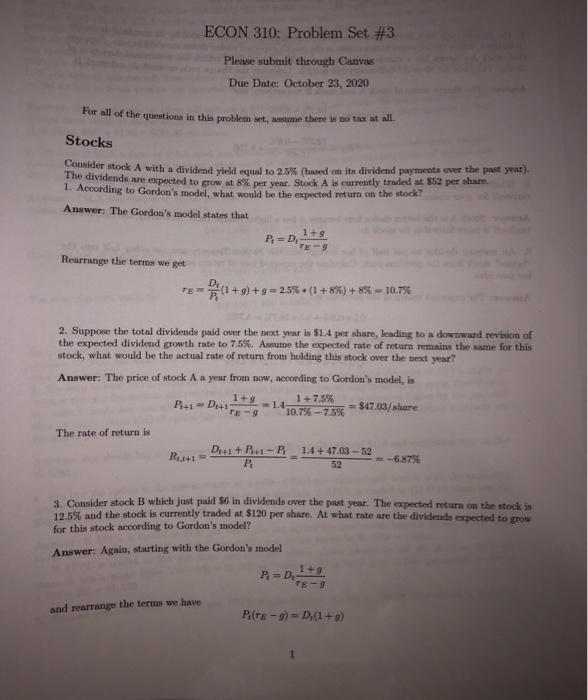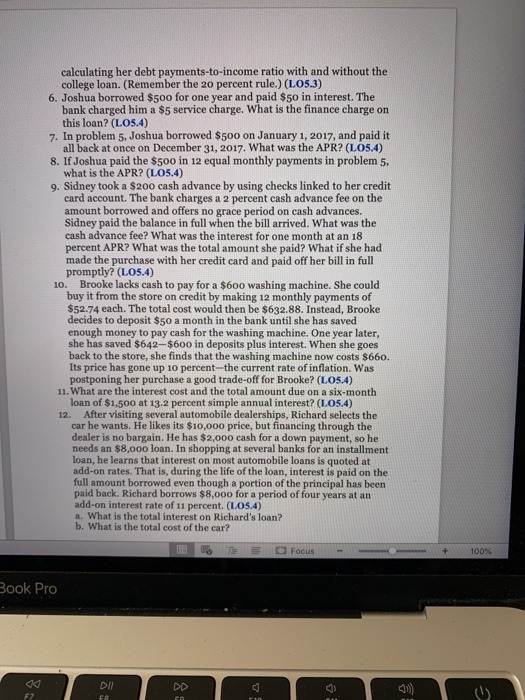Question
.Solve the following questions A firm uses two inputs, X and Y and its production function is Q = %(xy), where here we are using
.Solve the following questions
A firm uses two inputs, X and Y and its production function is Q = %(xy), where here we are using x and y to represent the quantities of the two inputs. (a) Calculate the marginal products of X and Y. (b) Does the firm's production function satisfy our three basic assumptions for production functions? (c) Does this production function have increasing, decreasing, or constant returns to scale? (d) Does this production function satisfy the Law of Diminishing Returns? (e) Draw the isoquant that shows the combinations of inputs that can produce Q=6. You should the exact coordintes of at least four points on the isoquant. Is this isoquant convex? (f) What is the firm's marginal rate of technical substitution of X for Y, at the point where it chooses x=9 and y=25? Assume that the demand for the firm's product is QD = 24 ! 4P, where P is measured in dollars. The firm has no control over the exogenous prices of its inputs, px>0 and py>0. The firm's problem is to choose x and y to maximize its profit. (g) Calculate the first-order condition for the firm's problem. (h) What are the boundary points of this problem? Under what conditions would the firm choose a boundary point? Be as specific as possible about which boundary point the firm would choose. (i) Assuming that the solution occurs at a point that satisfies the first-order condition, find four equations that determine the solution to the firm's problem. The four unknowns are x, y, Q, and P. For the rest of the problem, assume that px=$4 and py=$1. (j) Calculate the solution to the firm's problem. What are its profit-maximizing price and quantity of output? How much of each input does it use? What is the firm's maximum attainable profit? (k) At the firm's profit-maximizing level of output, calculate its average cost and marginal cost. (l) Draw the isocost line that shows the combinations of X and Y that have a total cost of $20. You should show the exact coordinates of the intercepts. Repeat this question, on the same diagram, for the isocost lines that imply a total cost of $12 and $32. (m) On the same diagram, show the firm's optimal point and the isoquant and isocost line that are tangent at that point. What is the firm's marginal rate of technical substitution of X for Y, at that point? (n) Suppose that the firm decides to produce Q=8. Its problem is to choose x and y to produce Q=8 at the lowest possible cost. Use the tangency condition (part of the first-order conditions) to solve this problem. Calculate the optimal choices of x and y and the lowest possible cost of producing Q=8. (o) Use your answers to parts (k) and (n) to plot two points on the firm's average cost curve. Do these points indicate that the firm has economies of scale or diseconomies of scale? For the last two parts, assume that the firm is committed to using equal quantities of X and Y (i.e., x=y), regardless of whether this is optimal. (p) Suppose that the firm produced the quantity of output that you found in part (j), using the x=y rule. How would this affect the firm's average cost per unit, compared to what you calculated in part (k)? How would this affect the firm's profit, compared to what you calculated in part (j)? (q) Solve the firm's optimization problem, assuming that the firm follows the x=y rule. How do the profit-maximizing price and quantity compare to the optimal point that you found in part (j)? How do its maximum attainable profits compare to the answer that you found in part (j)?


Step by Step Solution
There are 3 Steps involved in it
Step: 1

Get Instant Access to Expert-Tailored Solutions
See step-by-step solutions with expert insights and AI powered tools for academic success
Step: 2

Step: 3

Ace Your Homework with AI
Get the answers you need in no time with our AI-driven, step-by-step assistance
Get Started


